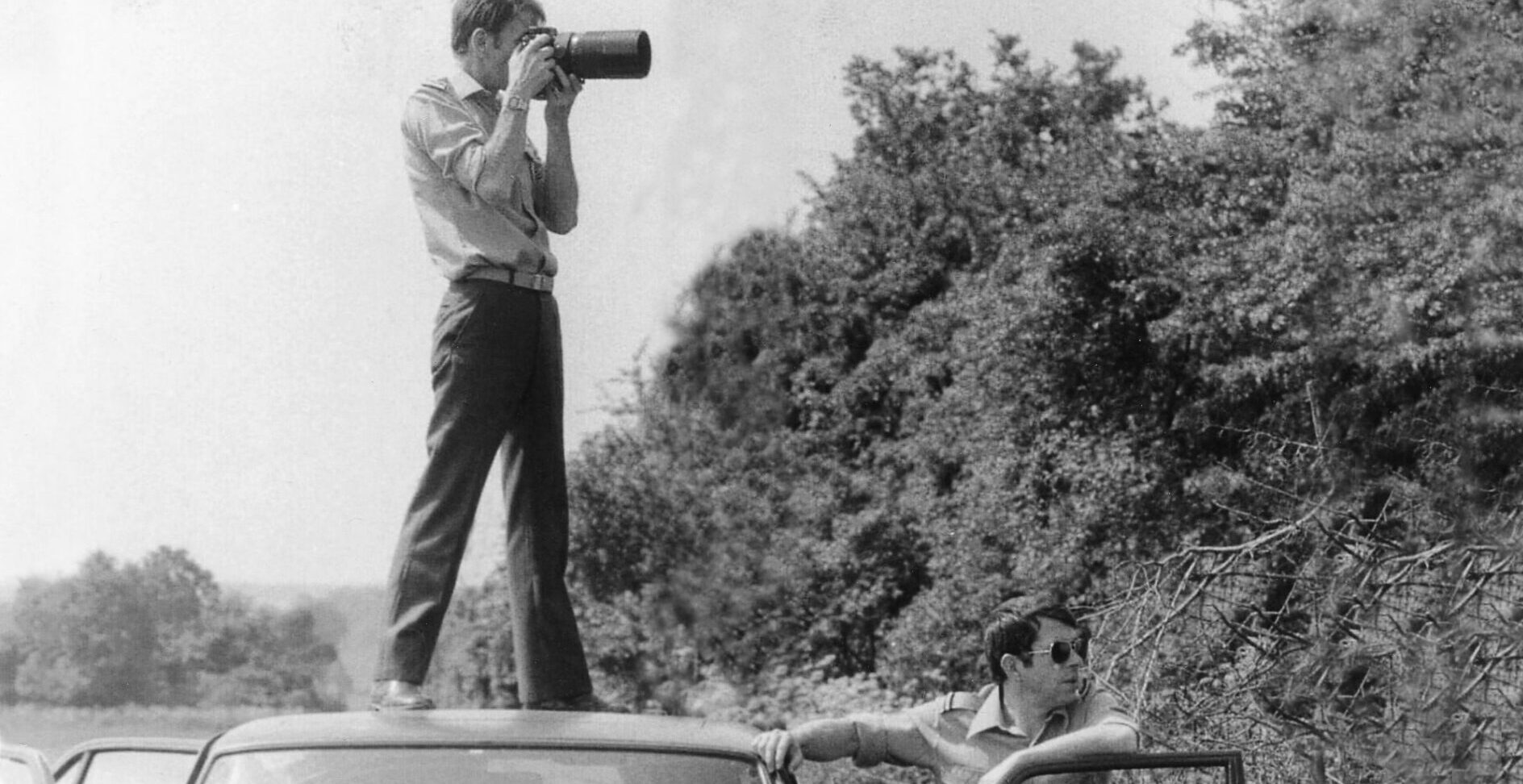In March 2004, we will mark the 20th anniversary of the day when Philippe Mariotti, a member of the French military mission, lost his life in a traffic accident.
The files of the National Security Ministry clearly document that this was no ordinary accident. Almost exactly one year later, on March 24, 1985, Arthur D. Nicholson, a member of the U.S. military mission, was shot to death by a Soviet guard. The Allied Museum has taken the anniversary of those two events as the occasion to present an exhibition on the history of the “Three Western Military Liaison Missions in Potsdam.” It will familiarize interested visitors with the work of the missions, about which little has been known thus far.
At the end of 1944, the European Advisory Commission of the powers which would eventually defeat Germany met in London to establish binding agreements regarding the country’s occupation. The idea of establishing “liaison missions” at the supreme commands in the respective zones of occupation originated there. The first bilateral agreement was concluded between the Soviet Union and Great Britain in September 1946; and similar agreements with the USA and France followed in April 1947.
Until they were closed in 1990, the missions had the following goals: maintaining military links and communications, particularly during “hot phases” of the Cold War, and procuring relevant military intelligence. The fact that Western mission members were able to move about freely within most of East Germany made them virtually predestined for this type of reconnaissance. The Soviet Union also maintained liaison missions within the respective Allied zones in West Germany.
Since the Western missions were accredited by the Soviet supreme command and the agreements to establish them had been concluded with the Soviet Union, East Germany was in the awkward position of being unable to take effective action against the missions’ espionage activities. The Soviet Union declined to rescind the agreements because it did not want to do without the intelligence its missions gained in West Germany. Nonetheless, the national organs of East Germany did attempt to hinder the activities of the missions. A number of incidents resulted, some of which had a fatal outcome for the participants.
With texts, photos, documents, three-dimensional objects as well as film footage, the exhibition will portray the work of the missions within the context described above.

